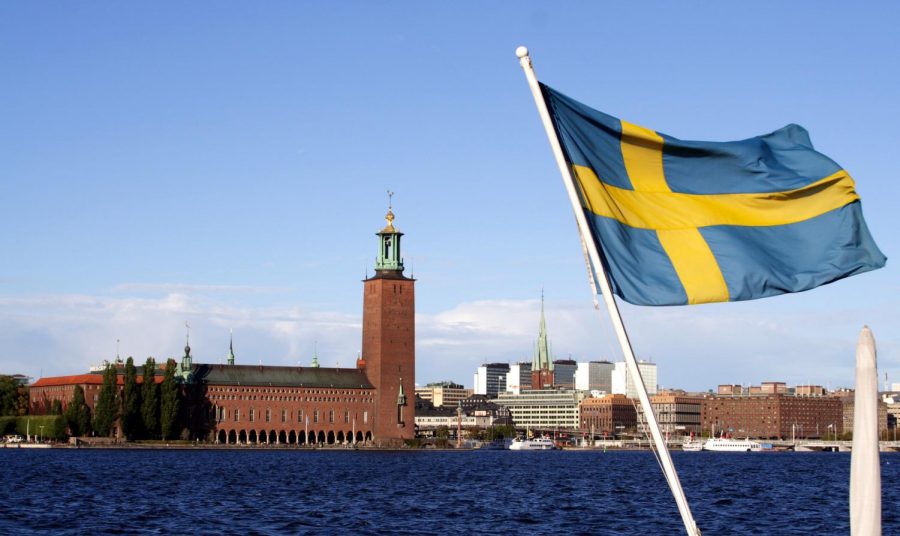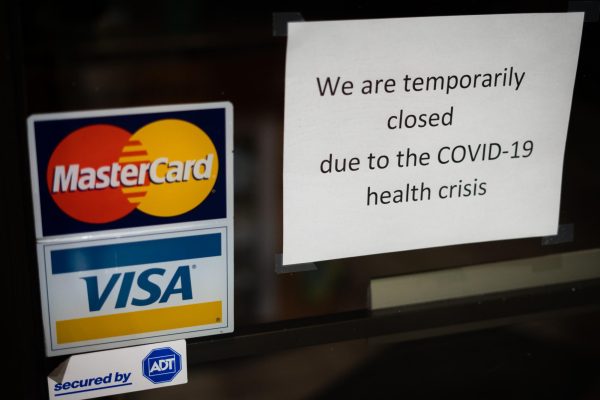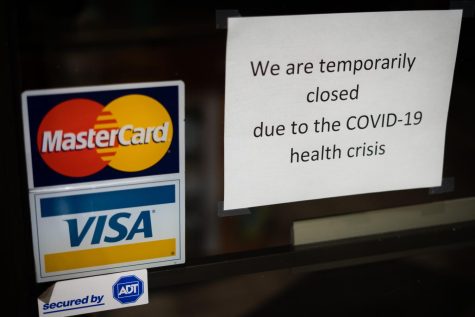Sweden’s nonrestrictive COVID-19 strategy leads to higher death rate, similar economic damage as other countries
Sweden’s lax COVID-19 restrictions don’t seem to have worked as planned
July 7, 2020
Compared to neighboring countries like Norway and Denmark, Sweden’s COVID-19 strategy has caused them to experience a vastly higher death rate and their economy has suffered just as much as other countries, experts say.
Sweden’s strategy trusted its citizens to self isolate on their own and kept restaurants, schools and cafes open during the middle of April when the curve of the pandemic was on the rise everywhere.
Sanna Björling , a Swedish journalist, said the support for this decision seemed to be a majority but it would be too early to know the outcome.
“I think most people that I know and talk to – they support the recommendations that we have, and they support the guidelines. But they all – but they – we don’t really know yet what the outcome will be. It’s really too early to say. But so far, it seems to be working,” Björling said.
In mid-April, Sweden had 18,640 confirmed cases of Covid-19 and 2,194 deaths, making 217 deaths per 1 million people.
As of July 7, Sweden has suffered 40 percent more deaths per capita than the United States, 12 times more than Norway, seven times more than Finland and six times more than Denmark, according to a New York Times article.
Sweden is a country with only 10 million people and the coronavirus has taken 5,433, according to the World Health Organization, making it 538 deaths per 1 million.
Jacob F. Kirkegaard, from the Peterson Institute for International Economics in Washington said there were no economic gains from their strategy.
“They literally gained nothing,” Kirkegaard said, “It’s a self-inflicted wound, and they have no economic gains.”
As a contrast, Norway and Denmark imposed strict quarantines, banned large groups and locked down shops and restaurant. Their economy has suffered. Their central bank expects the economy will shrink 4.1 percent this year, and joblessness is up to 5.6 percent in May from 4.1 percent in March, according to the NYT article.
Sweden’s central bank expects their economy to decrease 4.5 percent this year and the unemployment rose to 9 percent in May from 7.1 percent in March, according to the same NYT article.
“The overall damage to the economy means the recovery will be protracted, with unemployment remaining elevated,” Oxford Economics concluded in a recent research note.
Even with the Swedish strategy, businesses were stuck with the same decisions every other country’s businesses had to endure with closing manufacturing and interrupted shipping of imports and exports. The Swedish people apparently diminished their spending from fear of the virus but that did not stop or prevent elevated deaths, it just produced a decline in business activity.












